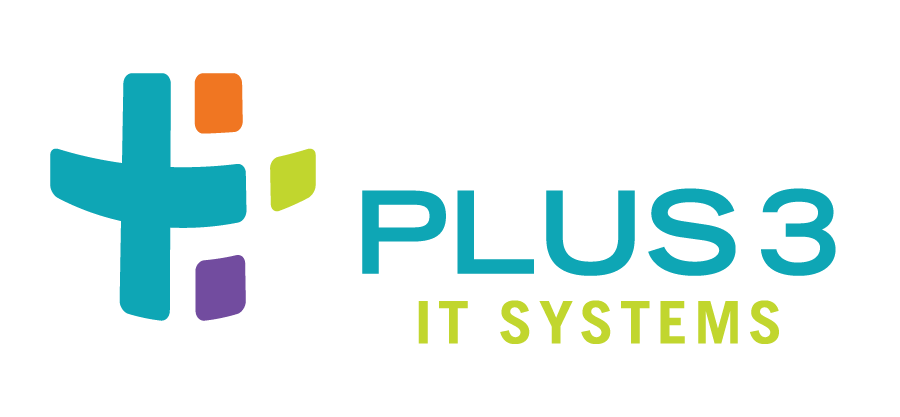
Testing New Formulas¶
The formulae-contents that are installed and configured for use by Watchmaker can be modified through a custom config.yaml file. This is done through the config.yaml file’s user_formula dictionary-parameter (see: the discussion of the config.yaml file’s user_formulas parameter and take special note of guidance around file-formatting and indenting). This parameter may be used to enable the setup of new, yet-to-be integrated formulae[1]. This is done by specifying dictionary-values for user_formulas in a custom config.yaml file:
all:
salt:
[...elided...]
user_formulas:
<NEW_FORMULA_1>: <NEW_FORMULA_ARCHIVE_1_URI>
<NEW_FORMULA_2>: <NEW_FORMULA_ARCHIVE_2_URI>
[...elided...]
<NEW_FORMULA_N>: <NEW_FORMULA_ARCHIVE_N_URI>
Note
While multiple new formulae are shown in the above snippet, it’s not generally recommended to use this method for more than one, new formula at a time. The above is primarily to illustrate that the user_formulas parameter is a dictionary
Once the custom config.yaml file is in the desired state, it can be uploaded to an S3-based testing-bucket, web server[2] or even staged locally within the testing-system.
About Testing New Formulae¶
To the greatest extent possible, formulae should be portable. It is recommended that when testing updates, the developer:
Tests without use of a custom
salt-content.zipTests using custom Pillar-data – either by hand-modifying Pillar content or using a modified
salt-content.zipcloned from the target deployment-environments’salt-content.zip– for one or more targeted deployment-environments
Exercising across environments, in this way, will better assure that newly-created formulae operate as portably as expected prior to the newly-created formulae’s integration into standard or site-specific Watchmaker executions.
Execution - Generic/Defaults¶
Assuming that the executing system has access to the specified URIs, watchmaker will:
Download the requested formula ZIP-archive(s)
Unarchive them to the
.../formulasdirectoryUpdate the
.../minionfile’sfile_roots:baselist
If the site’s salt-content.zip has not been modified to cause execution, the new formula can be explicitly executed using a method similar to:
Linux invocation:
watchmaker \ -c s3://<TESTING_BUCKET>/config.yaml \ -s <FORMULA_NAME> \ --log-level debug --log-dir=/var/log/watchmaker
Windows invocation:
watchmaker --log-level debug --log-dir=C:\Watchmaker\Logs -c s3://<TESTING_BUCKET>/config.yaml -s <FORMULA_NAME>
The new formula’s execution will be logged into the directory requested via the manual invocation.
Execution - Tailored¶
If the new formula has variable configuration-data that needs to come from pillar, it will be necessary to either manually update the .../pillar directory’s contents with the appropiate data (see: The pillar Directory-Tree) or create a custom salt-config.zip file and reference it from the custom config.yaml file.
Final Notes¶
All formulae that have Pillar-settable or Pillar-overridable parameters should include a pillar.example or pillar.example.yaml file with the project’s content. This file should be placed in the project’s root-directory. The file should be valid YAML with explanatory comments for each configuration item. If a new formula’s execution-customizability is more complex than is easily accommodated by comment-entries in the example Pillar YAML file, add a README_PillarContents.md file to the project. This file should contain sufficiently-expository content to allow new users of the formula to fully understand how to tailor the formulae’s execution to their site’s needs.